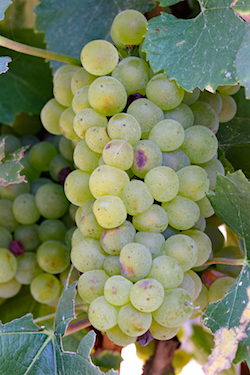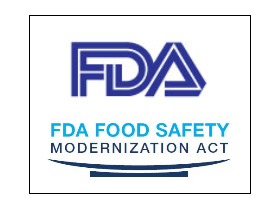Peach:
Oriental Fruit Moth (OFM): Trap counts still show captures above the treatment threshold of 6/trap. Treatments are needed anywhere trap counts exceed 6 males per trap, even at this late stage of the season on any variety that is at least 7-10 days away from harvest. [Read more…]
 Date: Wednesday February 17, 1:00 to 3:00pm
Date: Wednesday February 17, 1:00 to 3:00pm
 The Risk-Based Preventive Controls for Human Food final rule was published in the Federal Registry September 17, 2015. This is the first of two which may directly impact fruit and vegetable growers. To review the complete rule go to
The Risk-Based Preventive Controls for Human Food final rule was published in the Federal Registry September 17, 2015. This is the first of two which may directly impact fruit and vegetable growers. To review the complete rule go to 